‘Yohji Yamamoto: Letter to the Future’ celebrates the designer’s timeless, anti-trend approach
‘Yohji Yamamoto: Letter to the Future’ at Milan’s 10 Corso Como is a rare exhibition of the seminal Japanese designer’s work. Curator Alessio de’ Navasques gives Wallpaper* a tour
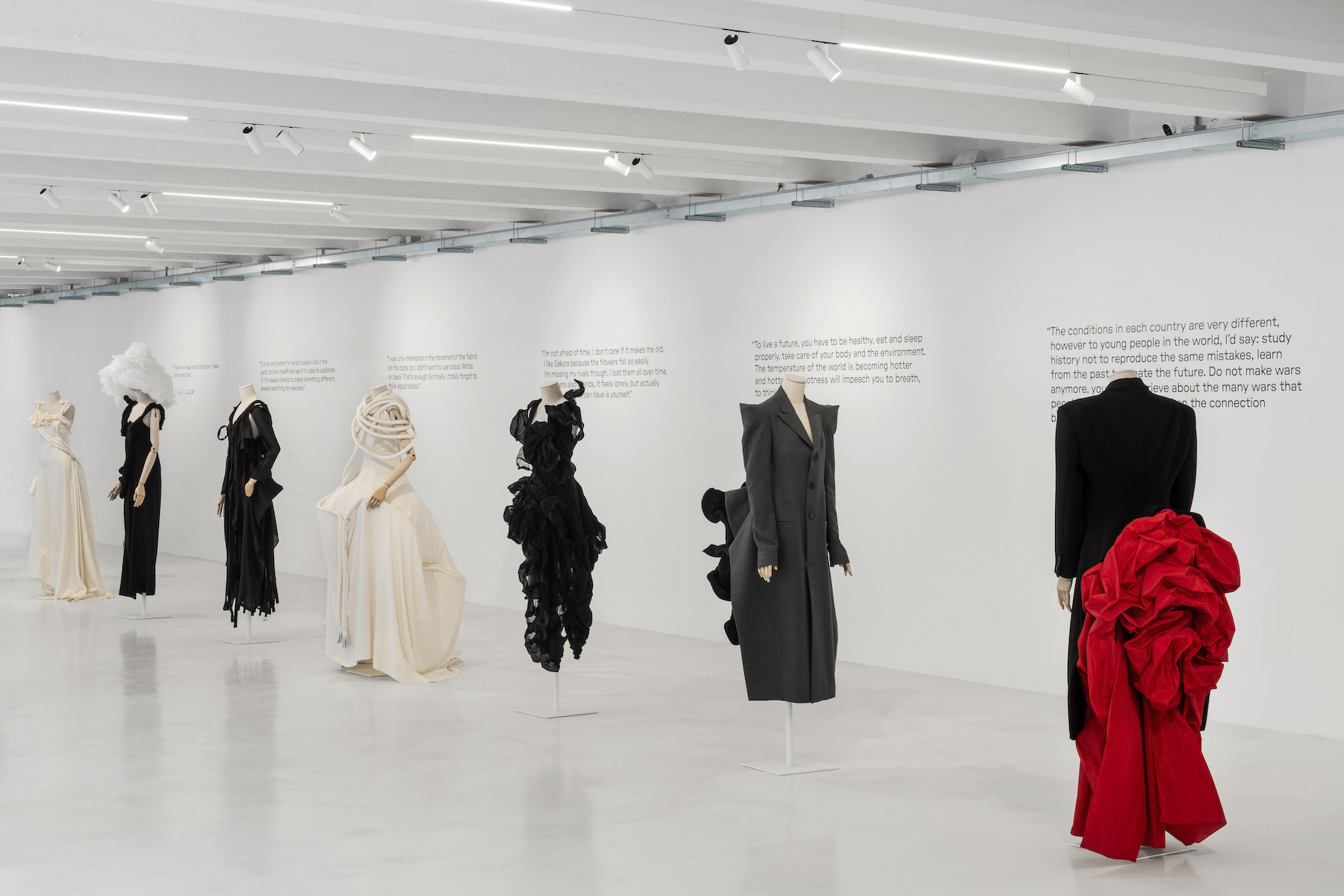
If there’s one throughline in Yohji Yamamoto’s work – besides a penchant for the colour black – it’s his dedication to silhouette and form. Sometimes subtle, sometimes challenging, and always unexpected, this USP has carried his career from the halcyon days of 1980s Paris all the way to the present day. His latest exhibition, ‘Yohji Yamamoto: Letter to the Future’ at 10 Corso Como in Milan (until 31 July 2024), encapsulates the anti-trend approach that makes his garments eternally covetable.
Held inside the concept store’s newly launched gallery space – one of many additions that followed 10 Corso Como’s architectural revamp, which began earlier this year – the display has been curated by the fashion academic Alessio de’ Navasques. Tightly edited, it spans from the A/W 1986 bust-behind tailcoat (famously photographed by Nick Knight) to the latest, sharpened-shoulder A/W 2024 iteration. Opening the show, these two designs face one another (shown below), both inspired by a French costume design technique known as faux cul, or in English, ‘false bottom’. ‘He really likes to see women from the back,’ says de’ Navasques.
‘Yohji Yamamoto: Letter to the Future’ exhibition at 10 Corso Como, Milan
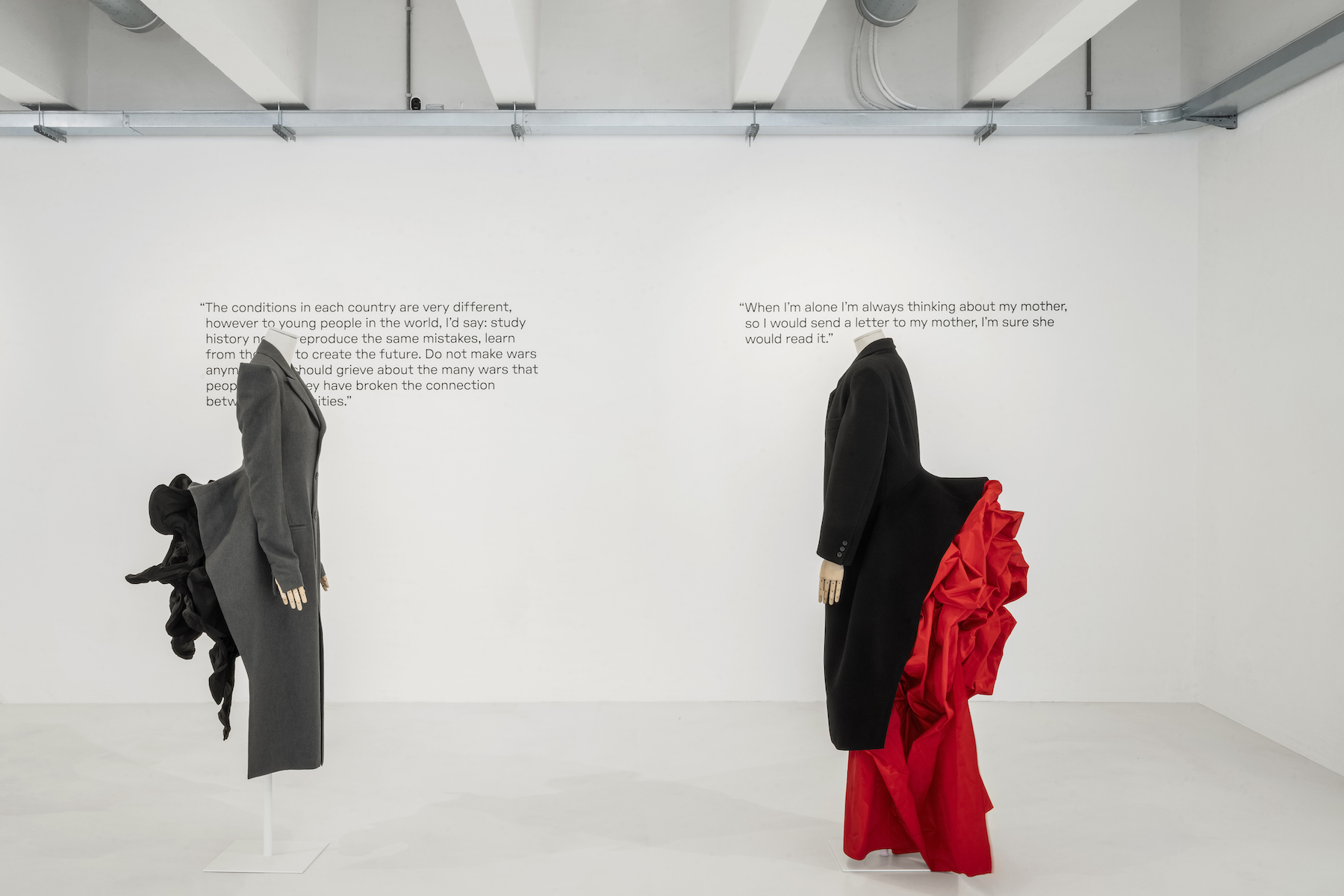
The space is artfully arranged, comprising key designs in Yamamoto’s oeuvre, mostly in his favourite shade, peppered with whites and greys, and a few charges of red (‘It’s passion,’ says de’ Navasques). On the walls, quotes by Yamamoto offer insight into his design philosophy. Perhaps the most important is one dedicated to his mother, which reads, ‘When I’m alone, I’m always thinking about my mother.’ Indeed, de’ Navasques describes her as Yamamoto’s earliest link to fashion, always wearing black and simple workwear – the lifeblood of Yamamoto’s label.
Yamamoto grew up in the ruins of post-war Japan, losing his father early in life. As such, he spent his childhood surrounded by women, not least his mother, as well as observing the sex workers of the Tokyo neighbourhood of Shinjuku where he grew up, then an area of yakuza gangsters and organised crime. Looking at the show, these nascent, long-held feelings manifest themselves in protective, shrouding designs that both obscure and celebrate the female body without sexualising it. The A/W 1995 rework of Dior’s bar jacket – Yamamoto loves to twist the codes of French couture – is a case in point, cinching at the waist before opening out into what looks like a skirt, but is rather a dress, cut like a cape.

The designer’s deft skill in merging Eastern and Western style appears throughout the exhibition. Here, a stark black gown from his S/S 1999 marriage-themed collection proves exemplary. Slit down the front and sealed at the top, it has the imposing silhouette you’d expect of a corseted bridal design, except its construction shares more in common with a kimono. Across the breast, the trussed-up edges call to mind wrapping paper, perhaps quipping on the tradition of ‘giving away’ a woman to her husband.
Elsewhere, the wabi-sabi touches synonymous with Yamamoto’s work appear in heavily deconstructed, lacerated shirting and nighties, as well as punkier pieces, like the wrapped, shibari bondage knot dresses. ‘I think that’s the big difference to Rei Kawakubo,’ says de’ Navasques. ‘[At] Comme Des Garçons, it’s more artistic processes, and at [Yohji Yamamoto], it’s more around the atelier, the process of making someone feel good and comfortable.’ The famous, albeit little documented A/W 1996 design, where Yamamoto applied the origami technique to a sizable wrap of wool – shaped and pinched at the back and sliced along the flanks – embodies this very essence of doing more with less.
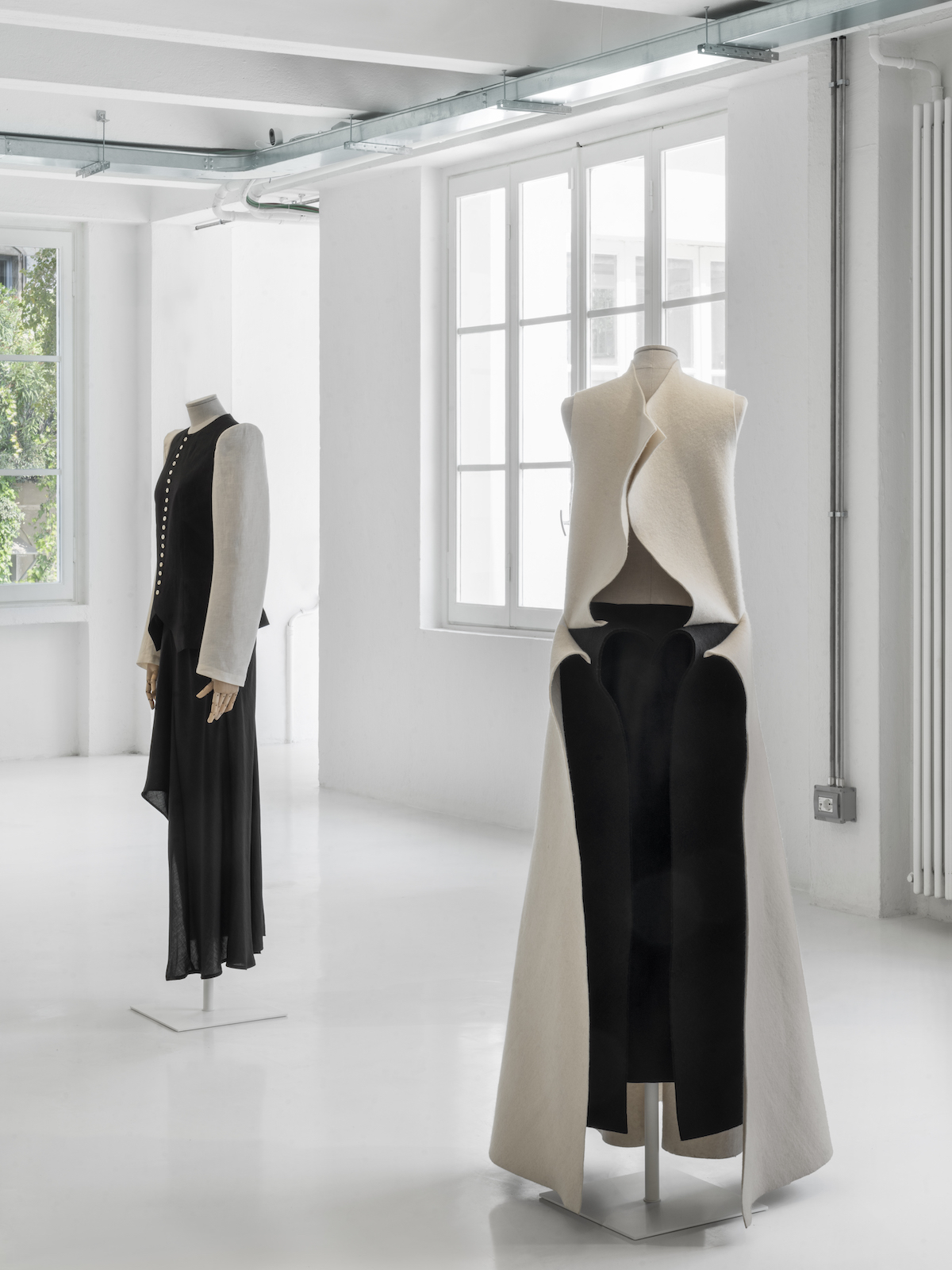
It’s his restraint, though, which makes his clothing stand the test of time, alongside a refusal to bask in his legacy. ‘He hates fashion exhibitions,’ says de’ Navasques. ‘Especially retrospectives!’ Clearly, this felt contemporary and tangible enough – unlike the sometimes stale museum shows – to keep the Yamamoto story alive and entice the man himself to give it his co-sign.
Receive our daily digest of inspiration, escapism and design stories from around the world direct to your inbox.
‘Yohji Yamamoto: Letter to the Future’ runs at 10 Corso Como Gallery, Milan until 31 July 2024.
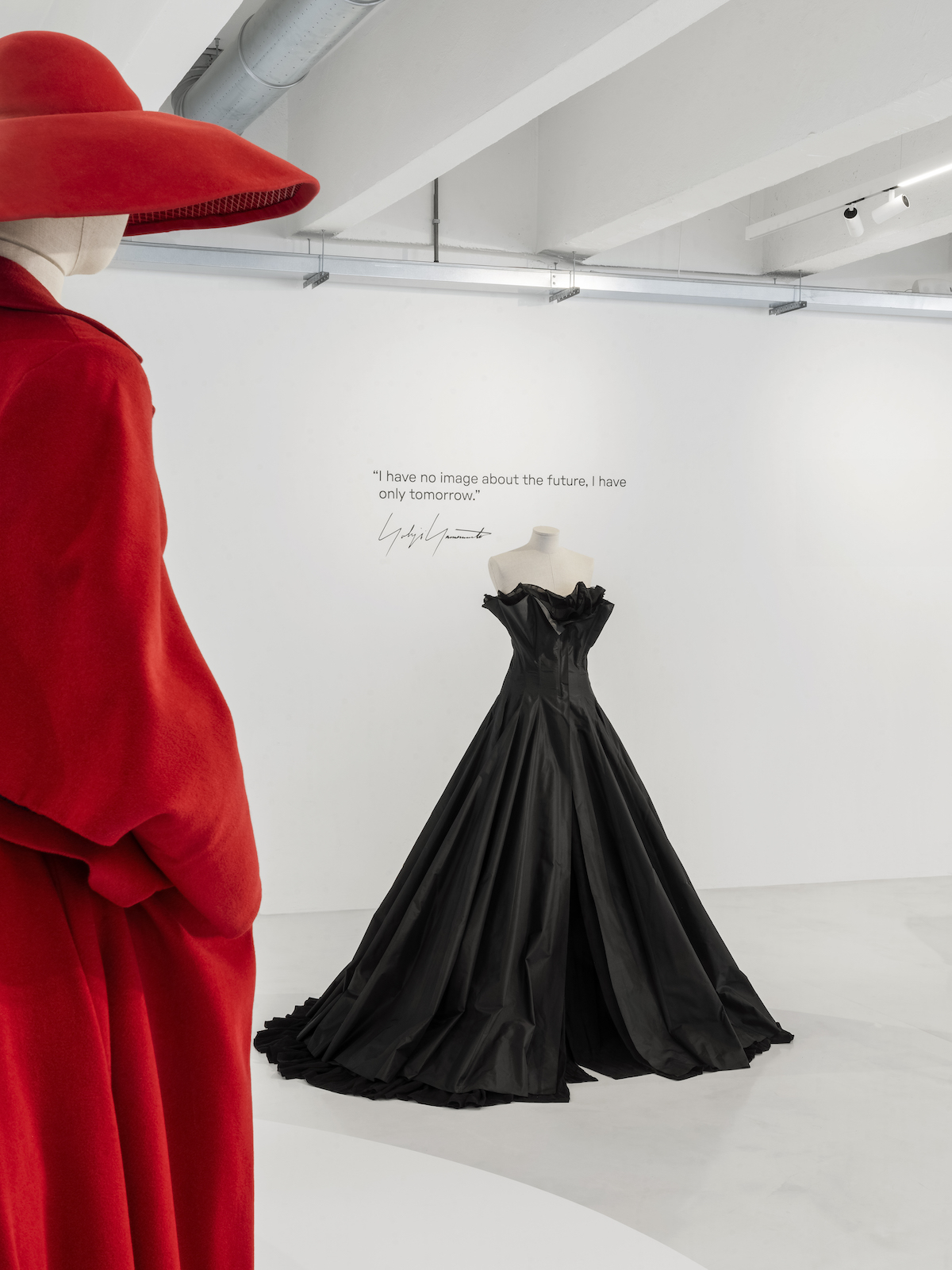
Joe Bobowicz is a writer and creative who is a contributing writer at i-D, as well as publications including AnOther, the Independent, Dazed, Frieze and The Face. Previously, Bobowicz led the menswear content at Harrods, working with brands including Adidas, Nike, Gucci and Apple. He has guest lectured at Central Saint Martins on the BA Culture, Criticism & Curation course, at Westminster University on the MA Menswear and at London College of Communication on the BA Journalism.
-
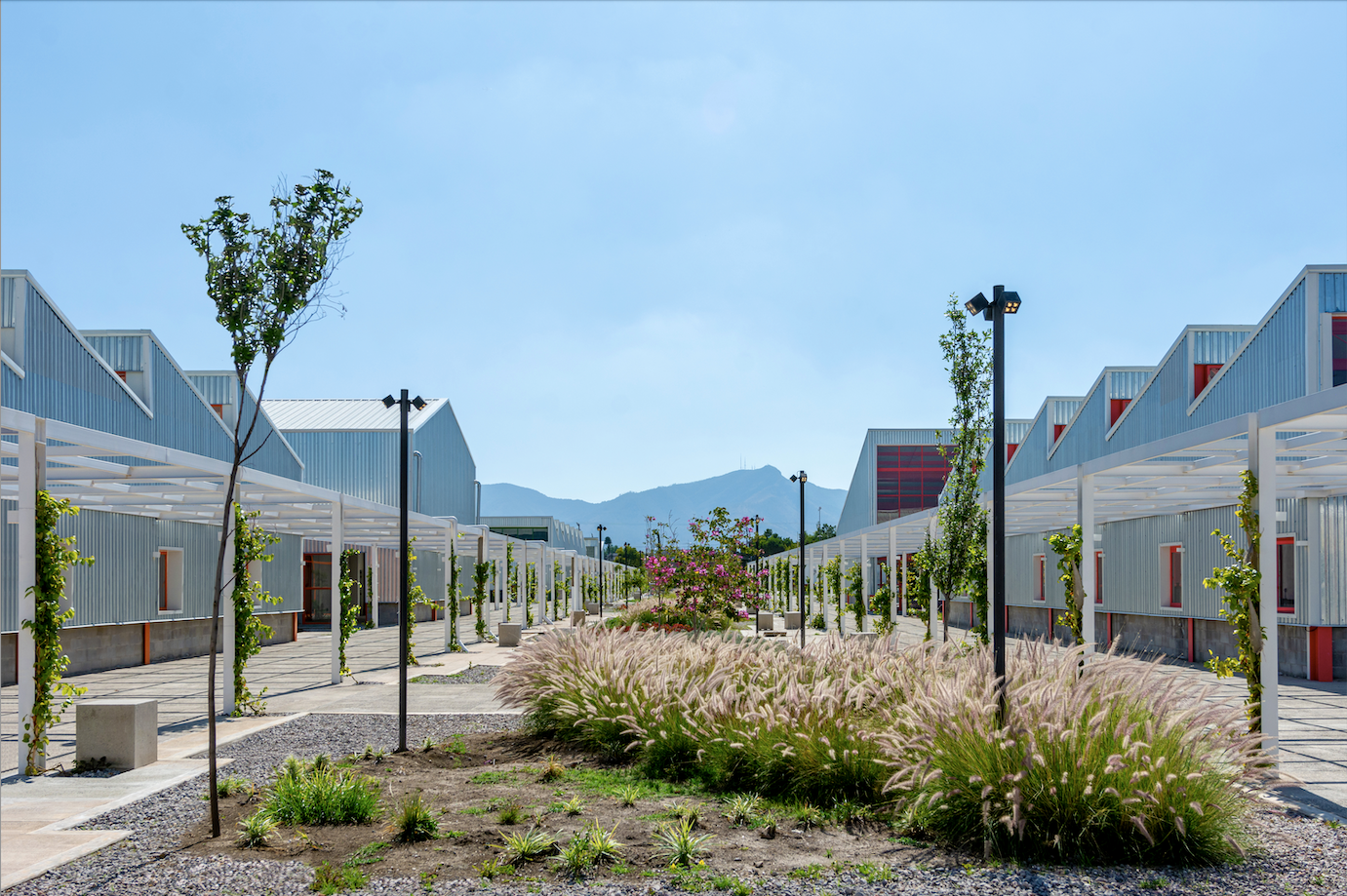 Mexico's Office of Urban Resilience creates projects that cities can learn from
Mexico's Office of Urban Resilience creates projects that cities can learn fromAt Office of Urban Resilience, the team believes that ‘architecture should be more than designing objects. It can be a tool for generating knowledge’
-
 ‘I want to bring anxiety to the surface': Shannon Cartier Lucy on her unsettling works
‘I want to bring anxiety to the surface': Shannon Cartier Lucy on her unsettling worksIn an exhibition at Soft Opening, London, Shannon Cartier Lucy revisits childhood memories
-
 What one writer learnt in 2025 through exploring the ‘intimate, familiar’ wardrobes of ten friends
What one writer learnt in 2025 through exploring the ‘intimate, familiar’ wardrobes of ten friendsInspired by artist Sophie Calle, Colleen Kelsey’s ‘Wearing It Out’ sees the writer ask ten friends to tell the stories behind their most precious garments – from a wedding dress ordered on a whim to a pair of Prada Mary Janes
-
 ‘He made something not merely popular, but the rage’: unpacking Elio Fiorucci’s fabulous fashion legacy
‘He made something not merely popular, but the rage’: unpacking Elio Fiorucci’s fabulous fashion legacyAn expansive new retrospective at Triennale Milano explores the colourful life and work of Elio Fiorucci, who is synonymous with 1970s hedonism and glamour
-
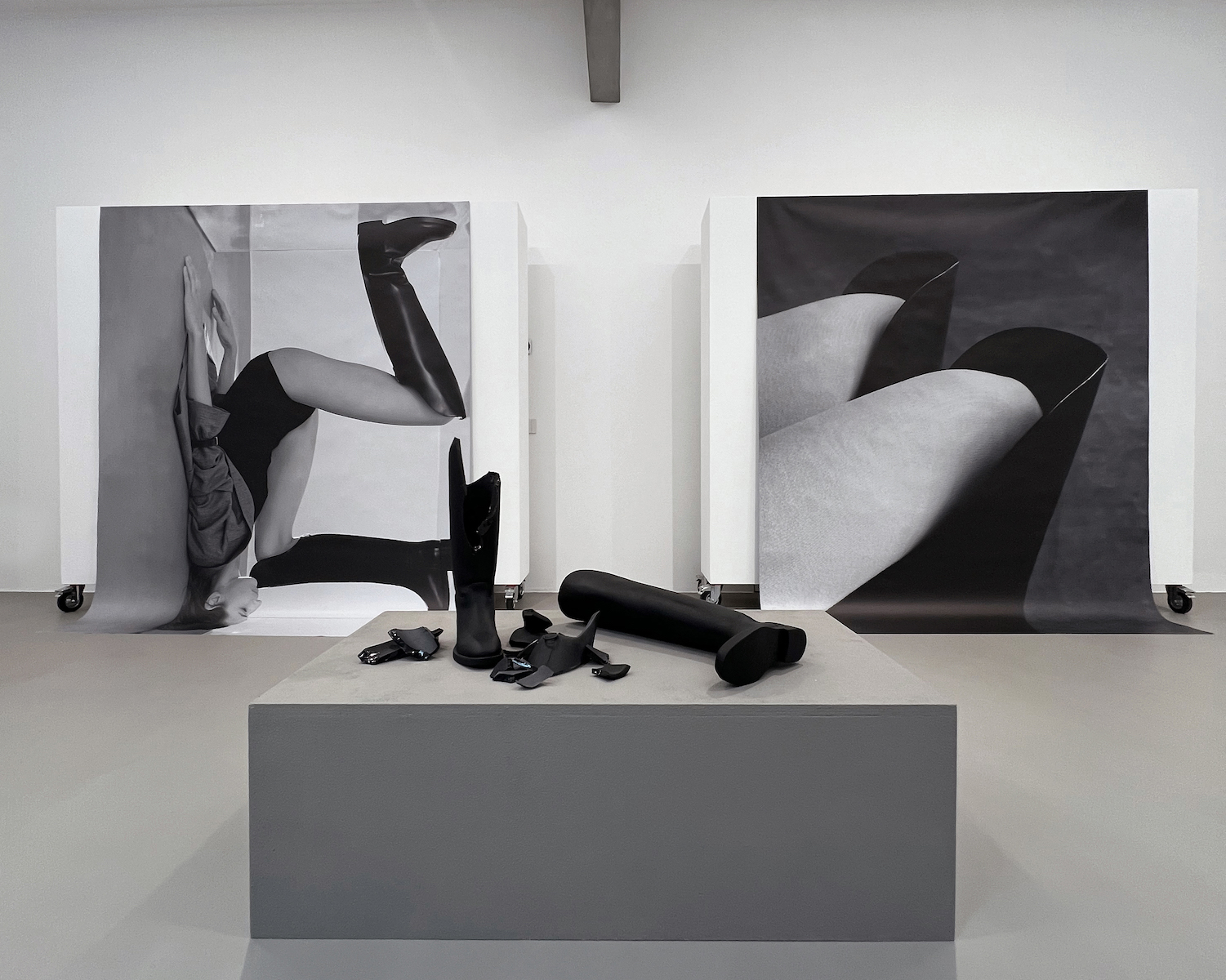 How fashion designer Ilenia Durazzi designed her ‘elegant, rigorous’ Milanese studio – all the way down to the furniture
How fashion designer Ilenia Durazzi designed her ‘elegant, rigorous’ Milanese studio – all the way down to the furnitureIlenia Durazzi of Durazzi Milano tells Wallpaper* the story behind her new Milanese studio, a labour of love built entirely to her exacting design
-
 Women’s Fashion Week S/S 2025: what to expect
Women’s Fashion Week S/S 2025: what to expectNext week sees the arrival of Women’s Fashion Week S/S 2025, with stops in New York, London, Milan and Paris. Here, our comprehensive guide to the month, from Alaïa’s arrival in New York to Alessandro Michele’s Valentino debut
-
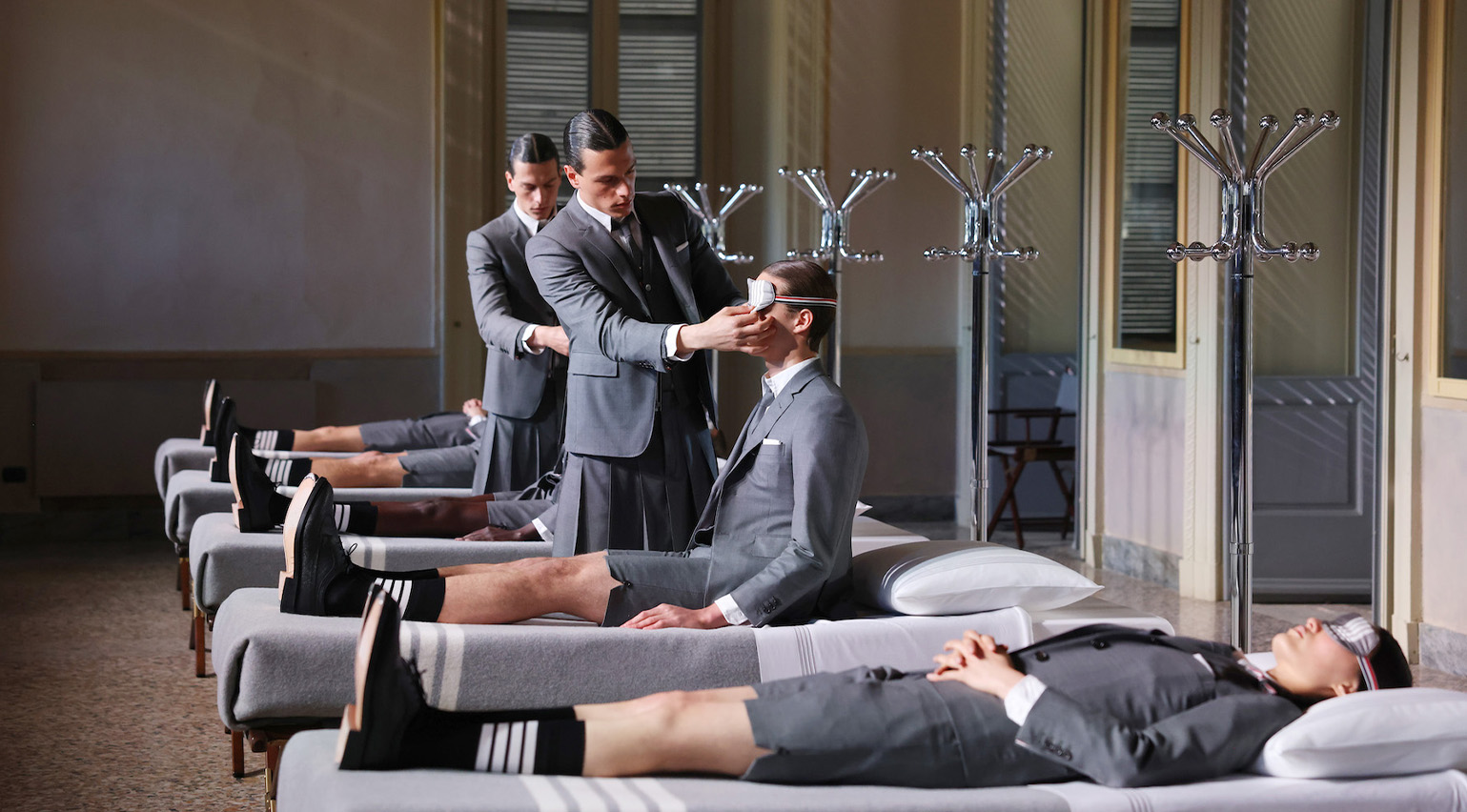 Thom Browne shows how to make the perfect bed with theatrical performance at Milan Design Week 2024
Thom Browne shows how to make the perfect bed with theatrical performance at Milan Design Week 2024American fashion designer Thom Browne makes his Milan Design Week debut with a new homeware collection created in collaboration with historic linen company Frette
-
 First look at Moncler’s blockbuster new exhibition, which turns Milan Central Station into an immersive public gallery
First look at Moncler’s blockbuster new exhibition, which turns Milan Central Station into an immersive public galleryWallpaper* takes an exclusive look at Moncler’s new Jefferson Hack-curated exhibition, which features portraits of an eclectic cast of international creatives, including artist Daniel Arsham, musician Rina Sawayama and make-up artist Isamaya Ffrench
-
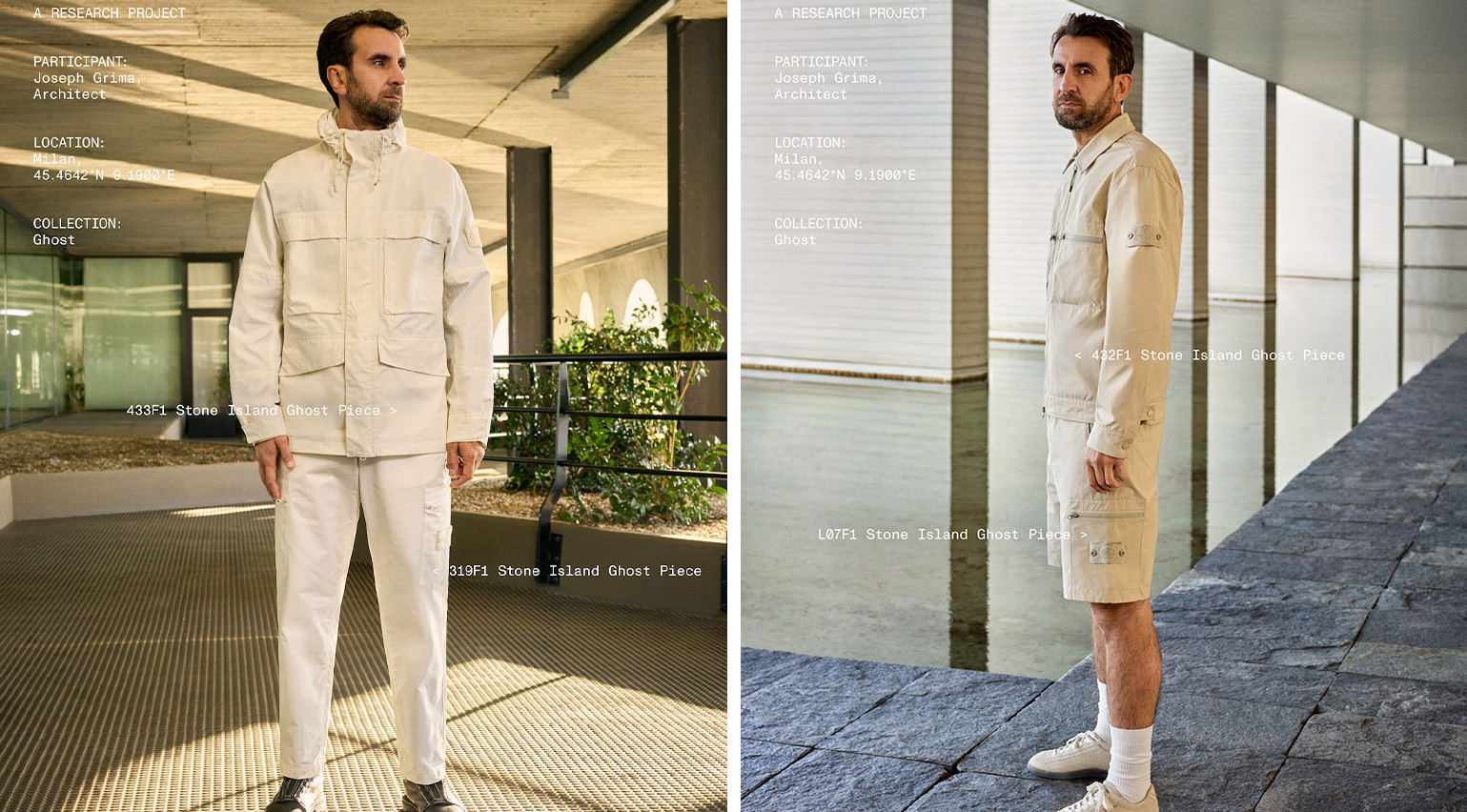 Nick Waplington photographs architect Joseph Grima for Stone Island’s ‘research project’
Nick Waplington photographs architect Joseph Grima for Stone Island’s ‘research project’Marking the latest Stone Island Ghost collection, Joseph Grima is photographed by Nick Waplington against the backdrop of Oscar Niemeyer’s 1970s-built Palazzo Mondadori in Milan
-
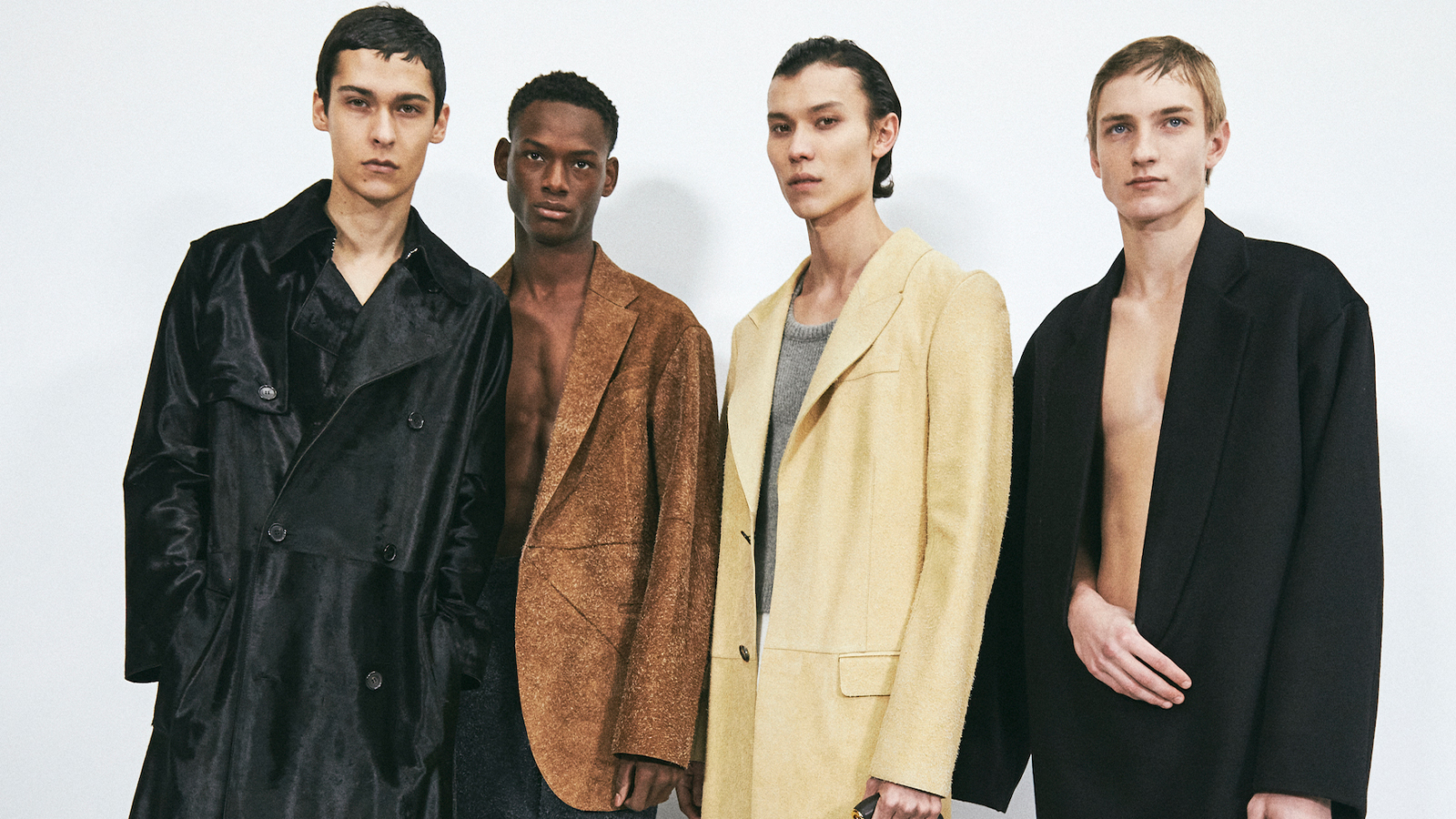 Men’s Fashion Week S/S 2024: what to expect
Men’s Fashion Week S/S 2024: what to expectEverything we know about Men’s Fashion Week S/S 2024 so far, from Pharrell Williams’ debut at Louis Vuitton to Fendi’s guest appearance at Pitti Uomo
-
 Jonathan Anderson on his new store in Milan, an ode to the city’s design codes
Jonathan Anderson on his new store in Milan, an ode to the city’s design codesFor his second JW Anderson store – and first outside of London – Jonathan Anderson has set up shop in Milan with a space that pays homage to the city’s stylistic codes. Here, he tells Wallpaper* the story behind the opening